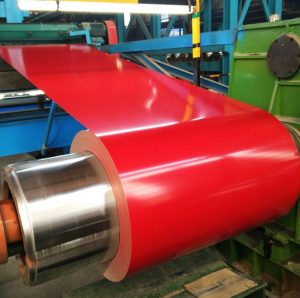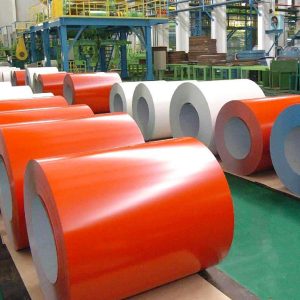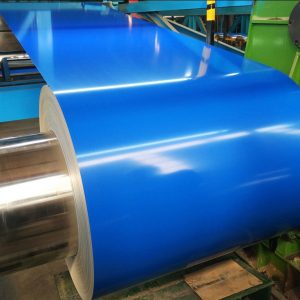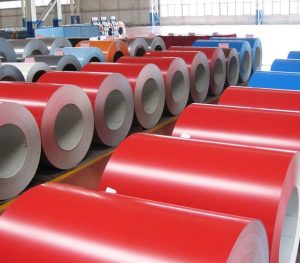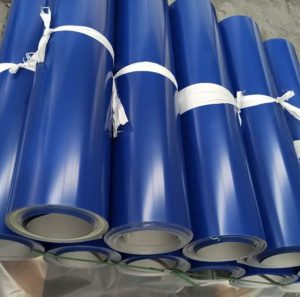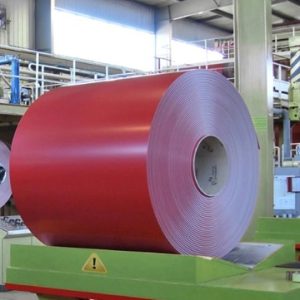What Is an Aluminum Bent Plate?
Aluminum bent plates are widely used in industries ranging from construction to aerospace due to their versatility and durability. These plates are shaped through a process of bending, where the aluminum sheet is altered into a specific angle or curve, offering a range of applications. In this article, we’ll delve into the characteristics of aluminum bent plates, their uses, and how to ensure that you select the right one for your project.
Whether you’re a manufacturer or a designer, understanding the ins and outs of aluminum bent plates is key to making the best choices for your needs. From design tips to common mistakes, we’ll cover everything you need to know.

Why Choose Aluminum Bent Plates for Your Project?
Aluminum bent plates offer unique advantages over other materials, particularly when strength, lightweight, and flexibility are required. Let’s look at why aluminum bent plates are a go-to material for many industries:
1. Lightweight Yet Strong
One of the standout features of aluminum is its strength-to-weight ratio. When bent, aluminum retains its strength while becoming lighter than many other metals, making it ideal for use in applications where weight is a concern but durability is still necessary.
2. Corrosion Resistance
Aluminum naturally forms a protective oxide coating when exposed to air, making it highly resistant to rust and corrosion. This makes it especially suitable for outdoor applications or environments that involve moisture, like marine, automotive, or construction uses.
3. Cost-Effective
While aluminum may not be as cheap as some other materials, its durability and low maintenance costs make it a cost-effective solution in the long run. The ability to reuse aluminum further adds to its financial appeal.
4. Aesthetic Appeal
Aluminum bent plates can be finished in a variety of ways, including anodizing, powder coating, or simply polishing. This makes them ideal for both functional and decorative purposes.
5. Ease of Fabrication
Aluminum is relatively easy to bend and shape, allowing for custom designs and high precision when cutting or bending the material. This makes it ideal for industries like construction, aerospace, and custom fabrication.
Applications of Aluminum Bent Plates
Aluminum bent plates are versatile, and their applications span various industries. Let’s look at some of the most common uses:
1. Construction
Aluminum bent plates are frequently used in the construction of buildings, bridges, and other structures. Their light weight, corrosion resistance, and flexibility make them suitable for roofing, cladding, and decorative elements.
2. Aerospace
In aerospace, precision and weight savings are crucial. Aluminum bent plates are used in aircraft body panels, frames, and structural components where reducing weight without sacrificing strength is essential.
3. Automotive
In the automotive industry, aluminum is used for engine components, body panels, and chassis. Aluminum bent plates are often used in custom car parts, where both structural integrity and aesthetic appearance matter.
4. Home Appliances and Furniture
Aluminum bent plates are also used in the manufacture of home appliances like refrigerators, washers, and even in some furniture designs. Their ability to be bent into various shapes allows for functional and modern designs.
5. Marine Applications
The marine industry relies on aluminum’s corrosion resistance. Aluminum bent plates are used in everything from boat hulls to docks, where exposure to saltwater demands materials that can withstand harsh environments.
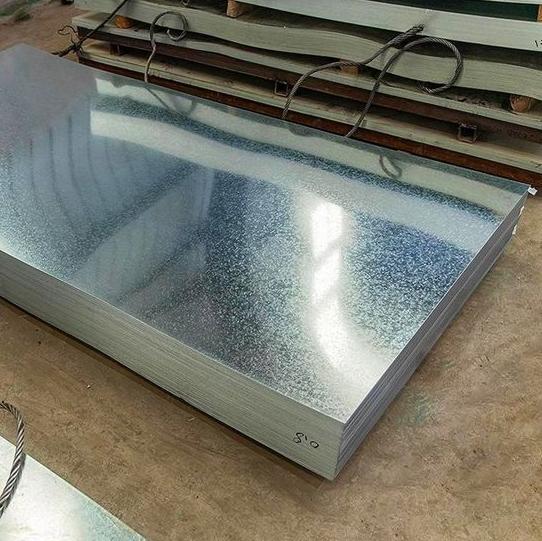
How to Bend Aluminum Plates: A Step-by-Step Guide
Bending aluminum plates requires precision and careful attention to detail. Here’s a step-by-step guide on how to achieve a clean and accurate bend:
Step 1: Select the Right Aluminum Alloy
The first step is choosing the appropriate aluminum alloy. Some alloys are more suitable for bending than others. For example, alloys like 5052 or 6061 are commonly used because they offer excellent bending properties.
Step 2: Prepare the Plate
Clean the aluminum plate to remove any dirt, grease, or other contaminants. If the plate has a coating, be sure to either remove or account for it during the bending process.
Step 3: Choose the Right Bending Method
The most common methods for bending aluminum include:
-
Air Bending: Using a press brake to bend the aluminum plate at a specified angle.
-
Bottoming: A method where the plate is bent into a die to a precise angle.
-
Rotary Draw Bending: Often used for creating more complex bends or curves in pipes or tubes.
Step 4: Determine the Bend Radius
The bend radius is crucial to avoid cracking or weakening the aluminum. A general rule of thumb is that the bend radius should be at least the thickness of the aluminum plate, but this can vary based on the alloy and thickness.
Step 5: Test the Bend
Perform a test bend on a sample piece of aluminum before working on the actual project. This allows you to adjust your settings or processes to ensure the final result meets your expectations.
Aluminum Bent Plate vs. Other Metal Bending Methods: A Comparison
Let’s compare aluminum bent plates with other materials commonly used for bending, such as steel and stainless steel, to help you understand why aluminum might be the better choice for your project.
| Feature | Aluminum Bent Plate | Steel Bent Plate | Stainless Steel Bent Plate |
|---|---|---|---|
| Weight | Lightweight | Heavier | Heaviest |
| Corrosion Resistance | Excellent (natural oxide layer) | Moderate (prone to rust) | High (with coating) |
| Bendability | Easy to bend with minimal tools | Tougher to bend, requires more force | Difficult to bend without high pressure |
| Cost | More affordable | Less expensive than stainless | Expensive |
| Strength-to-Weight Ratio | High | Moderate | High, but with more weight |
Common Mistakes When Working with Aluminum Bent Plates
⚠ Mistake 1: Choosing the Wrong Alloy
Some aluminum alloys are better suited for bending than others. Always choose an alloy that has excellent formability, such as 5052 or 6061, to avoid cracking or distortion during the process.
⚠ Mistake 2: Incorrect Bending Radius
Bending aluminum with too tight a radius can cause the material to crack or weaken. Make sure the radius is appropriate for the plate thickness to avoid damaging the material.
⚠ Mistake 3: Not Considering the Grain Direction
Aluminum plates have a grain direction that affects how the material bends. Bending against the grain can lead to stress fractures. Always bend with the grain to ensure a smooth and reliable bend.
⚠ Mistake 4: Failing to Account for Springback
Aluminum exhibits a “springback” effect, meaning it can slightly straighten after bending. Compensate for this by slightly over-bending to achieve the desired angle.
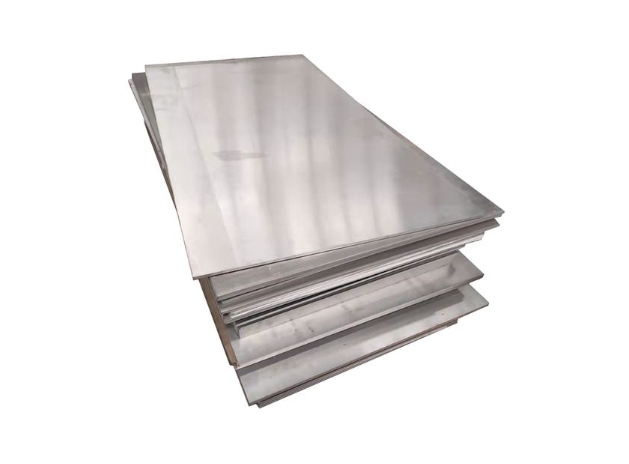
Checklist for Successful Aluminum Plate Bending
Before starting your project, use this checklist to ensure you’re on the right track:
-
Choose the correct aluminum alloy (e.g., 5052, 6061).
-
Ensure the aluminum plate is clean and free of contaminants.
-
Select the correct bending method based on your design requirements.
-
Calculate the appropriate bend radius for the plate thickness.
-
Perform test bends to verify accuracy.
-
Consider springback when setting your bending parameters.
-
Use the right tools for bending to avoid damaging the material.
Conclusion: Why Aluminum Bent Plates Are a Top Choice for Fabrication
Aluminum bent plates offer a unique combination of strength, flexibility, and cost-effectiveness, making them an excellent choice for a wide range of industries and applications. By understanding the properties, applications, and best practices for bending aluminum, you can ensure the success of your project, whether it’s a custom part for the automotive industry or a structural element for a building.
By following the steps outlined in this guide and avoiding common mistakes, you can achieve high-quality bends every time. Remember to always test your process, choose the right materials, and ensure your tools and methods are properly set up to achieve the best results.


